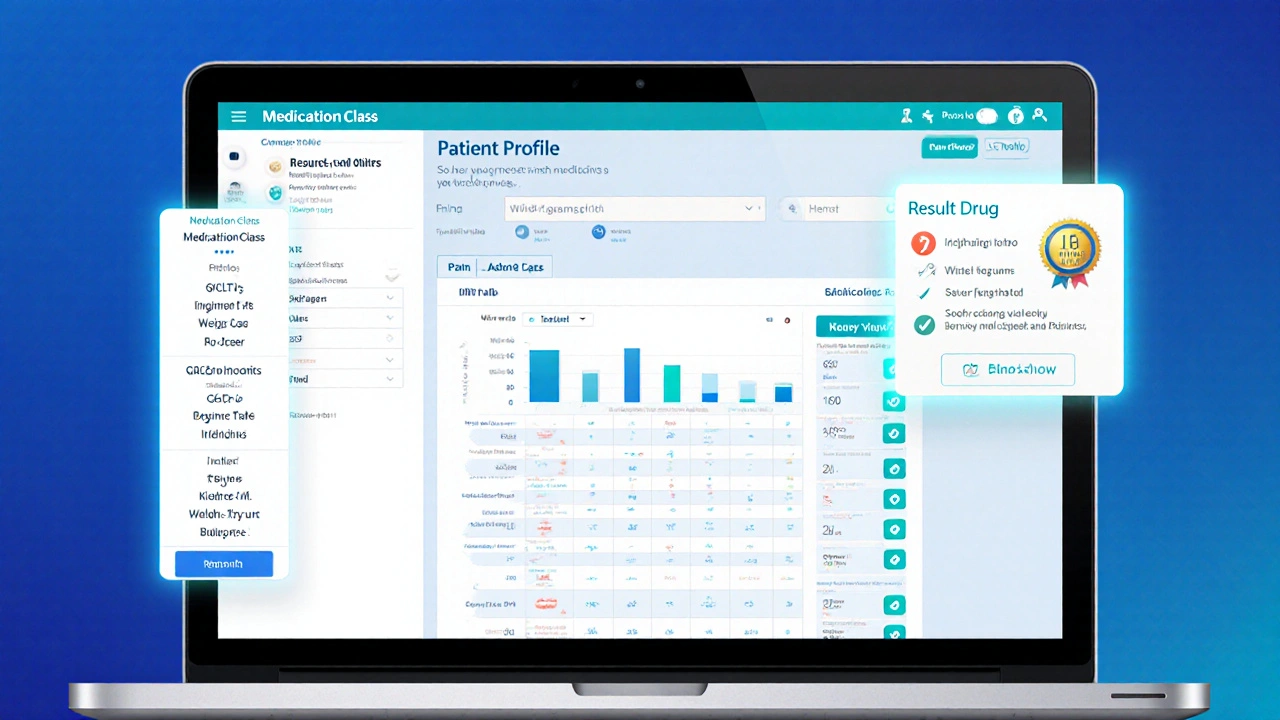Dapagliflozin – Overview, Benefits, and Clinical Insights
When working with dapagliflozin, an SGLT2 inhibitor used to lower blood glucose in type 2 diabetes. Also known as Farxiga, it helps the kidneys excrete excess glucose, leading to better glycemic control and modest weight loss. It’s primarily prescribed for type 2 diabetes, a chronic condition where the body no longer responds well to insulin. As a SGLT2 inhibitor, dapagliflozin blocks the sodium‑glucose co‑transporter‑2 in the renal tubules, reducing glucose reabsorption and increasing urinary glucose excretion. This simple mechanism translates into lower HbA1c levels, fewer hypoglycemia episodes, and a secondary benefit of calorie loss.
Why Dapagliflozin Matters for Heart Health
Beyond sugar control, dapagliflozin has proven value in heart failure. Large trials showed fewer hospitalizations and lower cardiovascular mortality among patients with reduced ejection fraction who added dapagliflozin to standard therapy. The drug also slows the progression of chronic kidney disease, giving doctors a dual tool for patients juggling both heart and kidney concerns. By lowering intraglomerular pressure, it protects kidney function while the same osmotic diuresis eases fluid overload, a common trigger for heart failure decompensation.
On the practical side, dapagliflozin usually comes as a 10 mg tablet taken once daily. Most users notice a gradual drop in blood pressure of 3‑5 mmHg, which can be a bonus for those with hypertension. Weight loss typically ranges from 2 to 4 kg in the first six months, making the medication attractive for people who want a “small extra push” toward a healthier BMI. Common side effects include mild genital yeast infections and increased urination, but serious events are rare when patients stay hydrated and monitor for signs of ketoacidosis.
When it comes to choosing the right SGLT2 inhibitor, dapagliflozin often competes with empagliflozin and canagliflozin. All three share the same glucose‑excreting action, yet they differ in dosing frequency, FDA‑approved indications, and price points. Empagliflozin, for instance, has a stronger label for reducing cardiovascular death, while canagliflozin carries a warning for lower‑leg amputation risk. Dapagliflozin strikes a balance with a single daily dose, broad heart‑failure approval, and a relatively clean safety profile, making it a go‑to option for many clinicians.
Below you’ll find a curated collection of articles that dive deeper into buying guides, side‑effect management, and direct comparisons with other diabetes drugs. Whether you’re looking to save money on a prescription, understand how dapagliflozin fits into a heart‑failure regimen, or compare it side‑by‑side with its SGLT2 cousins, the posts ahead give you practical tips and up‑to‑date information to make an informed choice.

